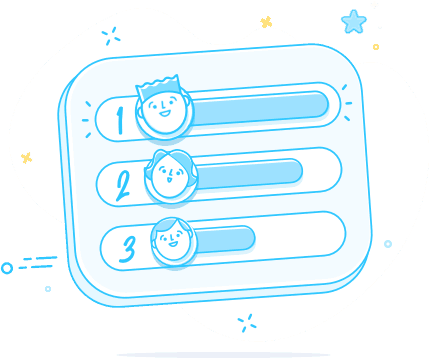Effective communication for new remote teams

Recently, we shared some advice on how to face the challenges of working from home. But we wanted to focus on a key factor: communication for remote teams.
Employees might not be used to working remotely and most companies don’t have a clear set of norms when it comes to internal communication. As a result, they find themselves lost in this new demanding situation. So now, more than ever, managers need to make a bigger effort to ensure a constant and effective communication.
To make sure everyone is on the same page, it is of vital importance to establish a long-term strategy. By doing so, it will help avoid confusion as well as enhance communication and collaboration among your team.
Tools for communication
First, as a manager, you need to ensure everyone has access to all the tech they need to communicate and do their work effectively. As well as that, it is vital that everyone knows who to contact when they need something specific and how to do so. Then, you need to establish which tools are you using and what are you using them for. In other words, designate a channel of communication for each category (video-calling, daily chat room, project management software, etc.) to avoid information loss.
Timing
Set a time to deliver information:
As the line between work and our private life begins to blur, disconnecting can be a trouble. We all need a break and it’s impossible to chill if you are constantly receiving calls and messages from your colleagues. As a manager, you can prevent this from happening by establishing time slots. A good idea is to ask each employee to define what works best for them.
Not everything needs to be instant:
Even if you are connected it doesn’t mean you are available. Constant interruptions make it harder to focus and, as a result, productivity is highly affected. The solution? Asynchronous communication. That is when you don’t expect an immediate response to the message you’ve just sent.
A useful tip is to mark the beginning of every message with a specific level of urgency and expected response time. Consequently, the person who receives it knows whether it is something urgent and they need to respond ASAP or if it can wait some hours or days. This can be especially useful if you have a team working in different time zones.
Clear, Concise, Concrete
Go straight to the point:
Tons of messages are received every day and sometimes they can be a waste of time. Extremely long messages don’t mean more information, so try to simplify them. However, making it simpler doesn’t mean that you must write shorter sentences just for the sake of it. The point here is that you need to identify what is important and eliminate everything unnecessary.
Moreover, carefully choose the kind of words depending on the person you are sending the message to. Then think, do they understand your abbreviations or technical language? Don’t assume that they do. Keep everything to the point but, if necessary, explain. By doing so, they can easily understand your message, and you will avoid ambiguity.
Style and tone:
How the message is perceived by the reader is important as well, and it all depends on the style and tone of the text. These norms can be set to a team extent or even on an individual level.
If possible, gather information about your employee’s preferences and share it with the whole team. Some people might prefer quick messages on Slack, others a more detailed email. In the same way, while some are more tolerant of humor and informality, others stick to a rather formal writing style. Whatever is the form they choose, make sure everyone is aware of their decisions, and remember, consistency is key.
Video-calls

As all interactions are now happening digitally, there is a bigger risk of miscommunication and misinterpretation of messages. This can affect morale, engagement, and productivity. All due to one crucial factor missing: body language. Is it a joke, sarcasm or real criticism? Even when you are face-to-face it might be hard to tell, imagine how it feels online.
Video communication is certainly not an ideal situation, but it is definitely better. It allows you to deliver real-time feedback without the fear of being misunderstood.
Not all communication has to be about work
Times are tough and led to new stresses. Whether employees are home alone, with family, couples or friends, seeing and interacting with other people can really help. Not to mention for those teams that are used to being together all the time and now find themselves stuck in this situation. So, find new ways to celebrate and socialize remotely to strengthen relationships and keep motivation alive!

Try Hurrah! Risk Free, Request your Demo Today!
Get a demo
The post Effective communication for new remote teams appeared first on CRM Gamified | Gamification software for Dynamics CRM and Salesforce.









